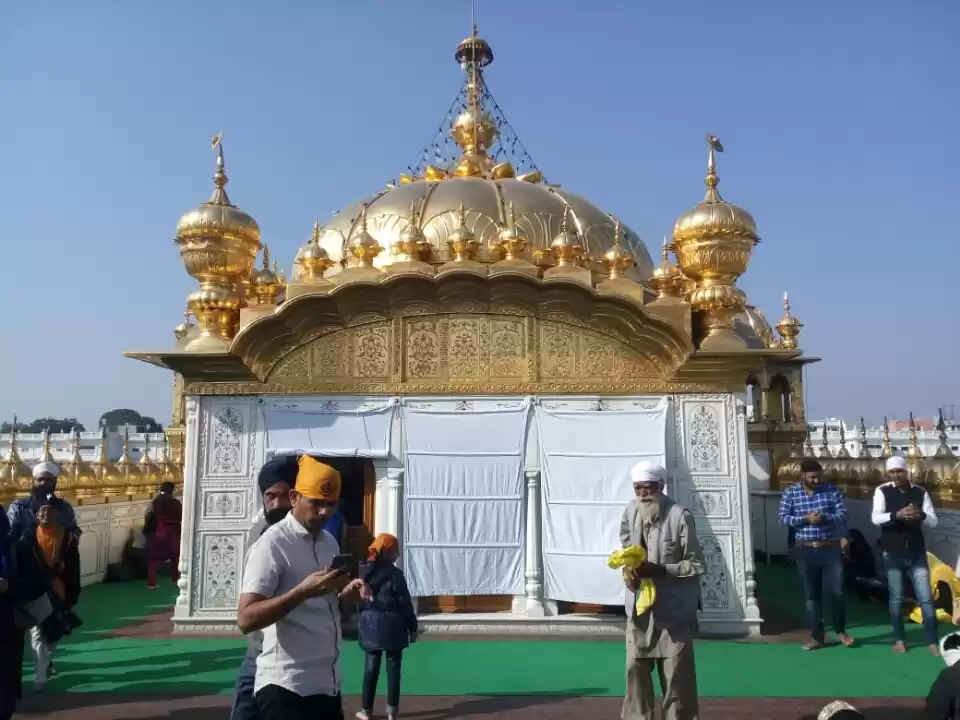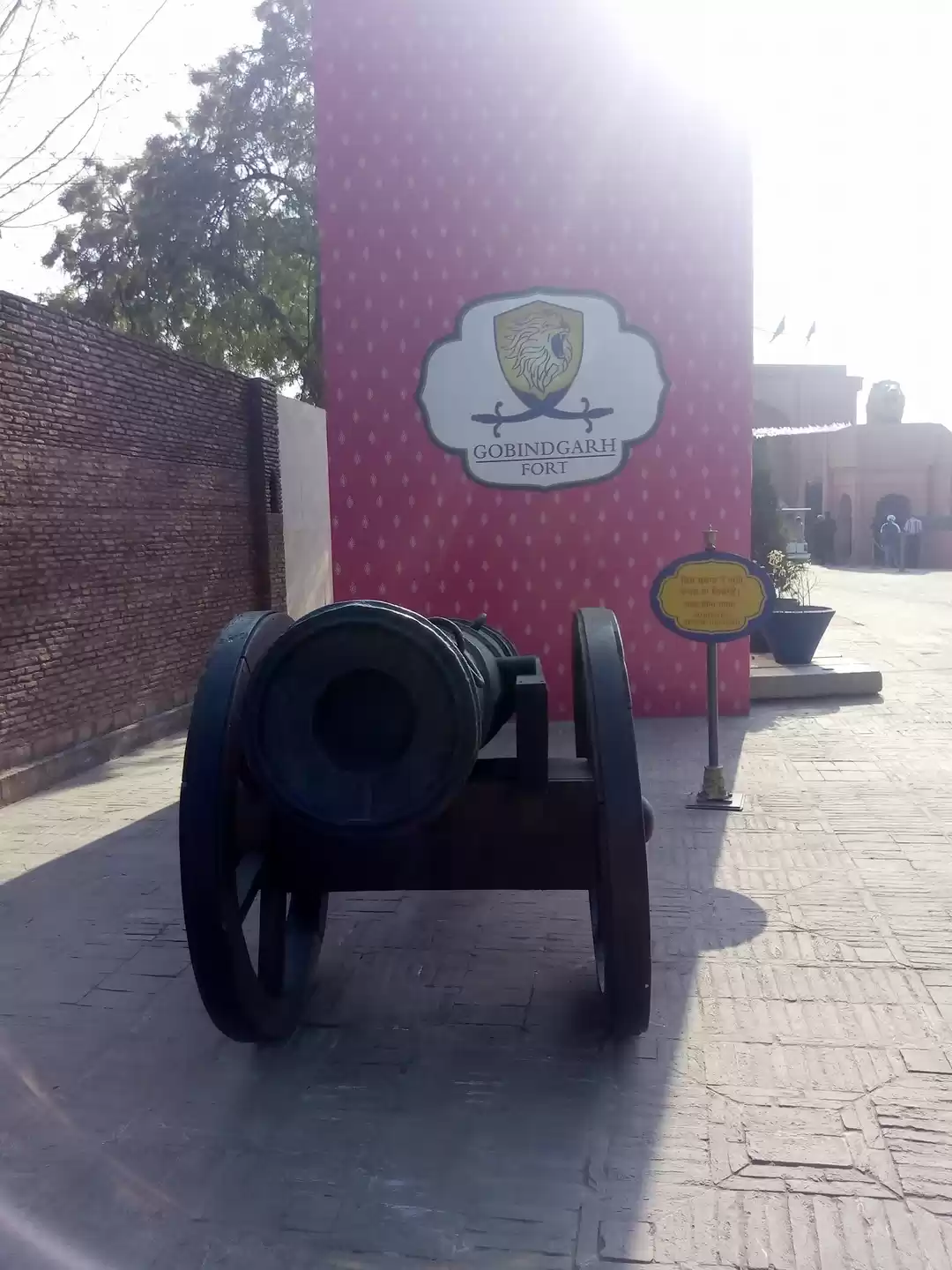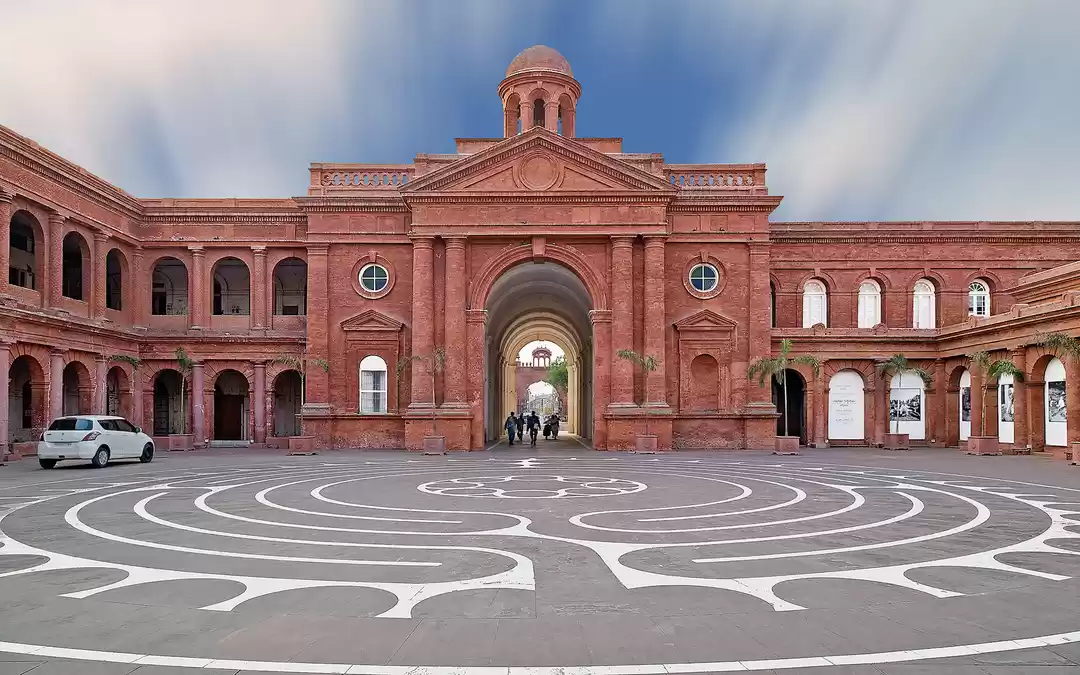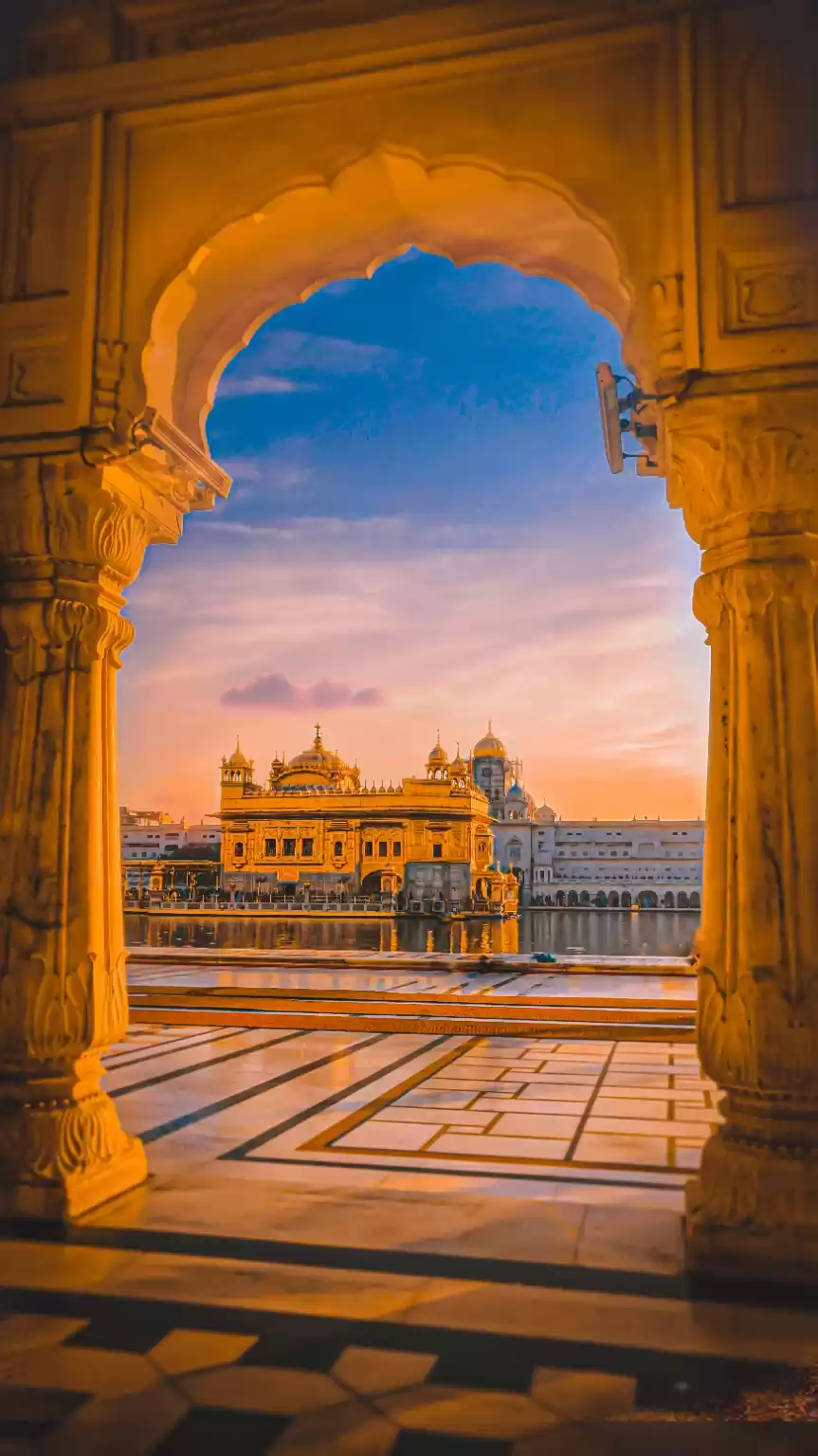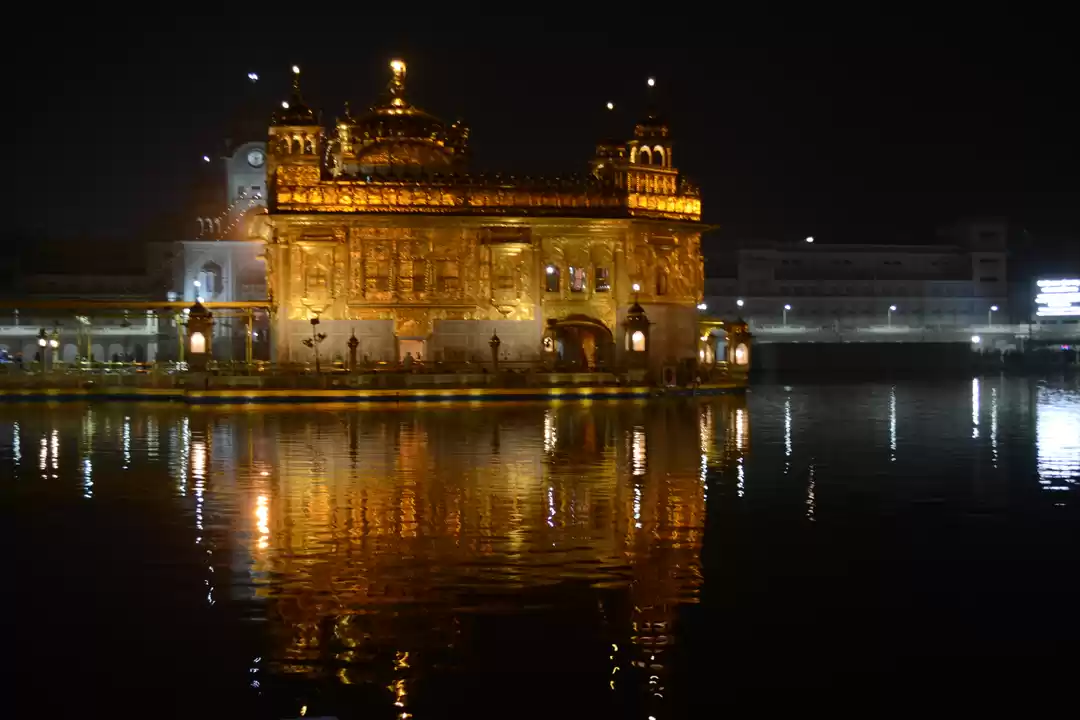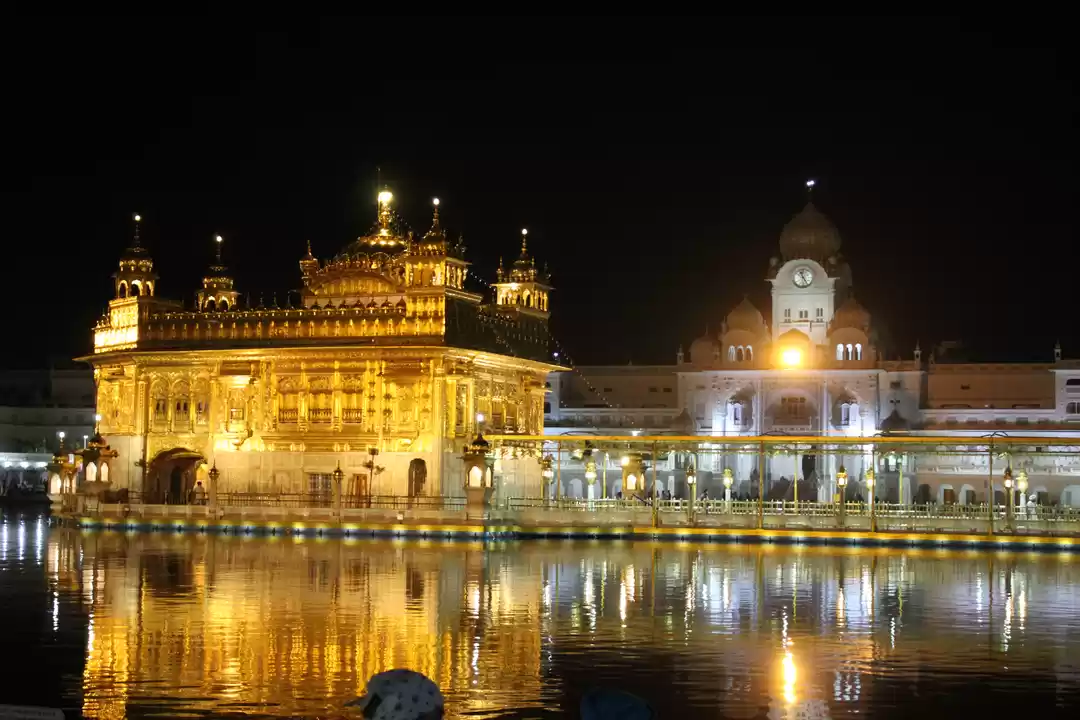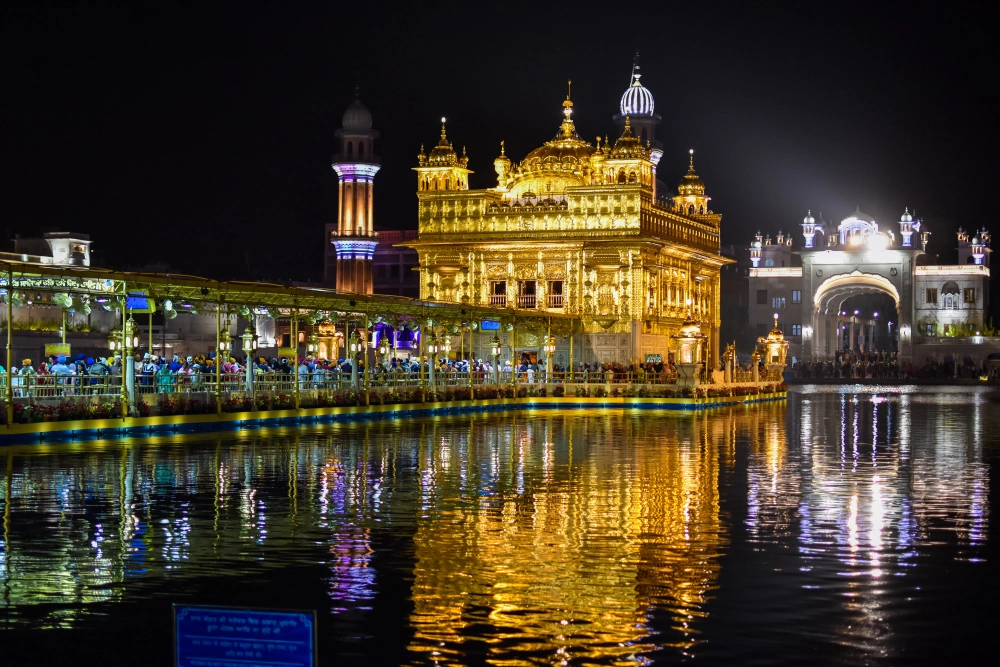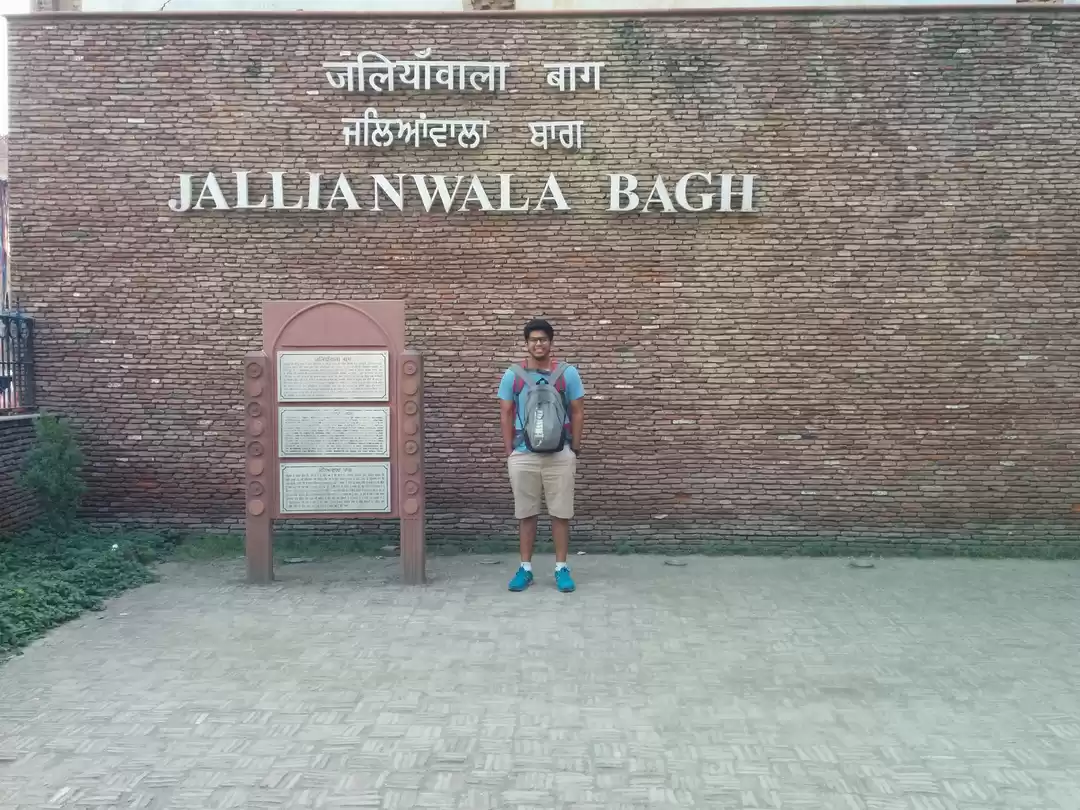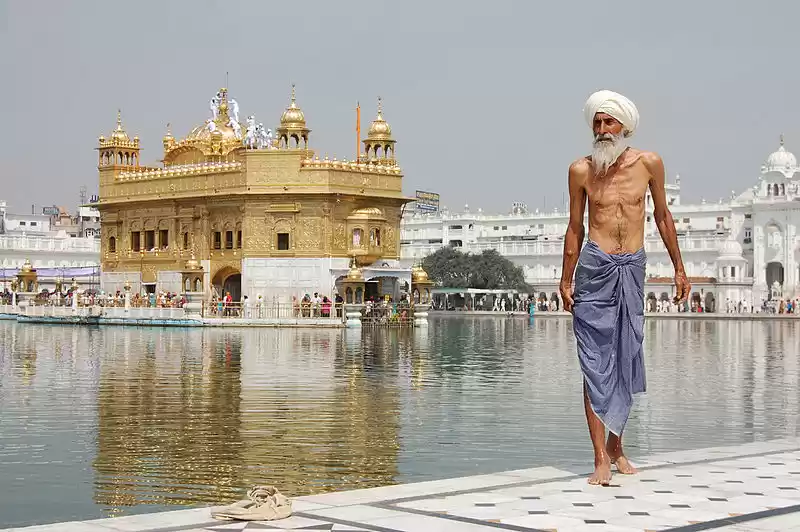Have you ever wondered what lies behind the majestic golden dome of the Harmandir Sahib, also known as the Golden Temple, in Amritsar? If you look closely, you will see a white building with a red canopy that stands opposite to the main shrine. This is the Akal Takht, which means the Throne of the Immortal, and it is one of the most important and revered places in Sikhism.
The Akal Takht is not only a religious site, but also a political and judicial center for the Sikhs. It is where the highest decisions and edicts are made and announced by the Sikh leaders. It is also where the sacred weapons and relics of the Sikh Gurus are preserved and displayed.
In this article, we will explore the history, architecture, significance, and attractions of the Akal Takht, and why you should visit this remarkable site on your next trip to Amritsar.
History of the Akal Takht
The Akal Takht was founded by Guru Hargobind, the sixth Sikh Guru, in 1606. He wanted to create a place where he could hold court and administer justice to his followers. He also wanted to assert his sovereignty and independence from the Mughal rulers, who were persecuting the Sikhs at that time.
He built a raised platform opposite to the Harmandir Sahib, where he installed a throne and a canopy. He also wore two swords, one representing spiritual authority (piri) and the other temporal authority (miri). He declared that the Akal Takht was the seat of both piri and miri, and that he was the true representative of God on earth.
The Akal Takht witnessed many historical events and battles in Sikh history. It was here that Guru Hargobind fought against the Mughal army in 1628 and 1634. It was here that Guru Gobind Singh, the tenth Sikh Guru, initiated the Khalsa Panth, or the order of the pure ones, in 1699. It was here that Maharaja Ranjit Singh, the founder of the Sikh Empire, held his coronation ceremony in 1801. It was also here that many Sikh martyrs sacrificed their lives for their faith and freedom.
The Akal Takht faced several attacks and destructions by various invaders and enemies. The most devastating one was in 1984, when the Indian army launched Operation Blue Star to flush out some militants who had occupied the Golden Temple complex. The army used tanks and artillery to bombard the Akal Takht, causing severe damage to its structure and killing many innocent people. The Sikhs were outraged by this sacrilege and violence, and they rebuilt the Akal Takht with their own hands and donations.
Architecture of the Akal Takht
The current structure of the Akal Takht is a result of several renovations and reconstructions over the centuries. It is a five-storey building that stands 21 meters high. The first floor is made of white marble, while the upper floors are made of brick and lime plaster. The roof is covered with gold-plated copper sheets. The facade is decorated with intricate carvings and paintings depicting scenes from Sikh history and mythology.
The most prominent feature of the Akal Takht is the red canopy that covers the throne on the first floor. The throne is made of wood and covered with white cloth. It is where the Guru Granth Sahib, or the holy scripture of Sikhism, is placed during the day. Behind the throne is a glass case that contains some of the sacred weapons and relics of the Sikh Gurus, such as swords, daggers, bows, arrows, spears, etc. These weapons are considered as symbols of courage and dignity for the Sikhs.
Significance of the Akal Takht
The Akal Takht is not only a physical structure, but also a spiritual and political institution for the Sikhs. It is regarded as the supreme seat of authority and power in Sikhism. It is where the highest decisions and edicts are made by a council of five elected representatives called Jathedars. These decisions and edicts are binding on all Sikhs across the world. They deal with various issues such as religious doctrine, social justice, human rights, political affairs, etc.

The Akal Takht is also a place of justice and sovereignty for the Sikhs. It is where disputes and conflicts are resolved according to Sikh principles and values. It is where offenders are punished or forgiven according to Sikh law and tradition. It is also where rebels and traitors are excommunicated or pardoned according to Sikh ethics and morality.
The Akal Takht is also a place of celebration and commemoration for the Sikhs. It is where festivals and ceremonies are held to mark important occasions and events in Sikh history and culture. It is where the Sikh flag, called Nishan Sahib, is hoisted and saluted every day. It is also where the Sikh anthem, called Deh Shiva Bar Mohe, is sung and recited every day.
Attractions of the Akal Takht
The Akal Takht is a must-visit destination for anyone who wants to experience the rich and diverse heritage of Sikhism. There are many attractions and activities that you can enjoy at the Akal Takht, such as:
Viewing the weapons collection:
You can admire the impressive collection of weapons and relics that belong to the Sikh Gurus and warriors. You can see the swords of Guru Hargobind, Guru Gobind Singh, and Maharaja Ranjit Singh, the bow of Guru Arjan Dev, the dagger of Guru Tegh Bahadur, the spear of Banda Singh Bahadur, and many more. You can also see some rare and unique weapons, such as a gun that shoots arrows, a sword that has a pistol attached to it, and a shield that has a hidden knife in it.
Witnessing the ceremonies and rituals:
You can witness the daily ceremonies and rituals that take place at the Akal Takht. You can see the opening ceremony in the morning, when the Guru Granth Sahib is brought from the Harmandir Sahib to the Akal Takht in a palanquin. You can also see the closing ceremony in the evening, when the Guru Granth Sahib is taken back to the Harmandir Sahib in a similar manner. You can also see the changing of guards ceremony, when the soldiers who guard the Akal Takht change their shifts and salute each other.
Exploring the museum and library:
You can explore the museum and library that are located on the upper floors of the Akal Takht. You can see various exhibits and displays that showcase the history, culture, art, literature, and achievements of Sikhism. You can also see some rare and valuable manuscripts, books, paintings, coins, stamps, medals, etc. that belong to different periods and regions of Sikh history.
How To Reach
There are different ways to reach Akal Takht from Delhi, depending on your preference, budget, and time. Here are some of the options that you can choose from:
By car:
You can drive from Delhi to Akal Takht by taking the AH1 and AH2 highways. The distance is about 455 km and the travel time is about 6 hours and 40 minutes. You can enjoy the scenic views of the countryside and stop at some places of interest along the way, such as Kurukshetra, Ambala, Ludhiana, etc. You can also rent a car or hire a taxi for this option. The approximate cost is ₹4,400 - ₹6,500 for fuel or ₹8,000 - ₹10,000 for a taxi.
By train:
You can take a train from New Delhi railway station to Amritsar railway station, which is about 3 km away from Akal Takht. There are several trains that run between these two stations every day, such as Shatabdi Express, Golden Temple Mail, Swarna Shatabdi Express, etc. The travel time is about 6 hours and 10 minutes. You can book your tickets online or at the station. The approximate cost is ₹250 - ₹1,300 for a ticket.
By bus:
You can take a bus from Delhi to Amritsar, which is about 2 km away from Akal Takht. There are many bus operators that offer this service, such as IntrCity SmartBus, RedBus, Volvo Bus Service, etc. The travel time is about 9 hours and 2 minutes. You can book your tickets online or at the bus stand. The approximate cost is ₹750 - ₹2,500 for a ticket.
By plane:
You can fly from Delhi airport to Amritsar airport, which is about 13 km away from Akal Takht. There are several airlines that operate flights between these two airports every 2 hours, such as IndiGo Airlines, Air India Limited, Vistara, Helitrans, etc. The flight time is about 1 hour and 10 minutes. You can book your tickets online or at the airport. The approximate cost is ₹2,844 - ₹7,700 for a ticket .
Best Time to Visit
The best time to visit Akal Takht is during the winter season, which lasts from October to January. The weather is pleasant and comfortable during this time, and you can enjoy the beauty and serenity of the place without much hassle.
The Akal Takht is also decorated with lights and garlands at night, which adds to its charm and splendor. You might need to bring a lightweight jacket or shawl, as the temperature can drop at night.
You can also witness some festivals and celebrations that take place at the Akal Takht during this season, such as Guru Nanak Jayanti, Guru Gobind Singh Jayanti, Lohri, etc.

Timings and Entry Fee:
The Akal Takht is open from 5 am to 10 pm every day. There is no entry fee for visiting the Akal Takht. However, you need to follow some rules and guidelines while visiting this sacred site.
You need to dress modestly, cover your head with a scarf or a cap, remove your shoes and socks, wash your feet and hands before entering, refrain from smoking or drinking alcohol, respect the sanctity and silence of the place, etc.
The Akal Takht is a remarkable site that reflects the glory and diversity of Sikhism. It is a place where you can learn about the history, architecture, significance, and attractions of this faith.
It is also a place where you can feel the spirit and essence of Sikhism. It is a place where you can experience the power and authority of God on earth. If you are looking for a unique and unforgettable destination for your next trip to Amritsar, you should definitely visit the Akal Takht.
Check out Neha's little escape to golden city, Amritsar!
If you want to know more about Sikhism and its other sites in Amritsar, you can check out our other articles on Tripoto. We have articles on Harmandir Sahib (Golden Temple), Jallianwala Bagh (Massacre Site), Wagah Border (Flag Ceremony), etc.
So, what are you waiting for? Plan your trip to Amritsar today!

